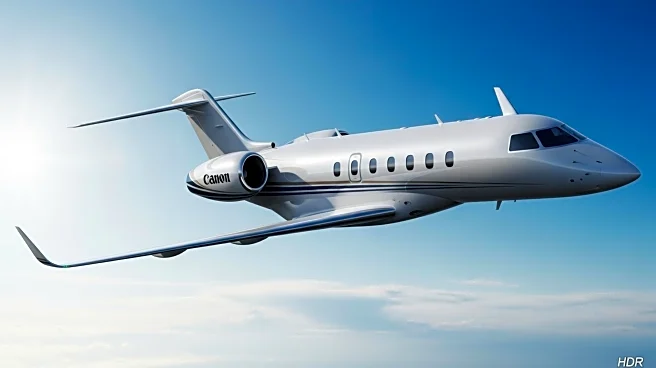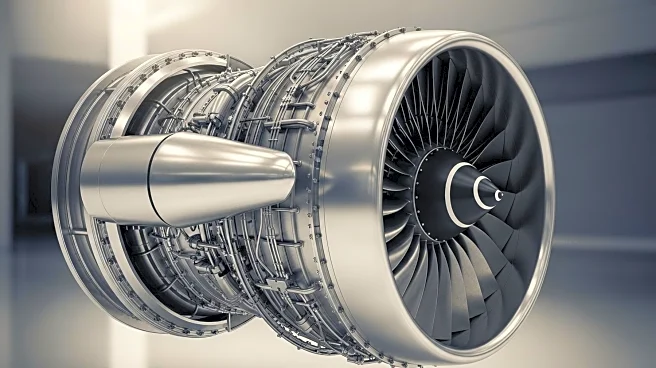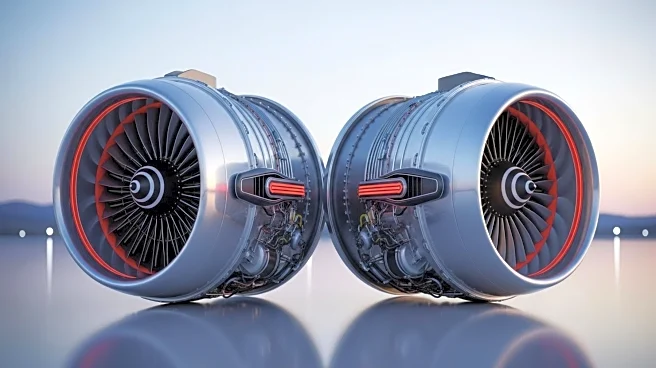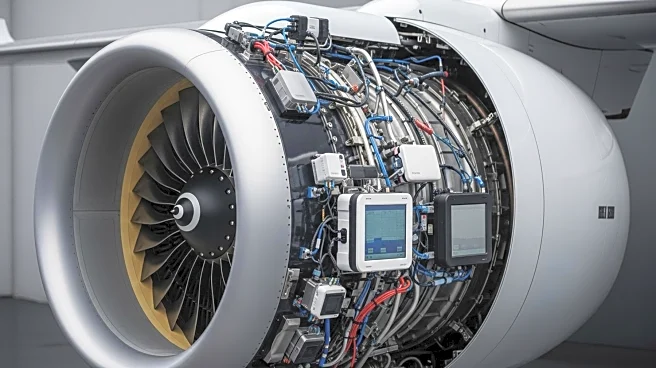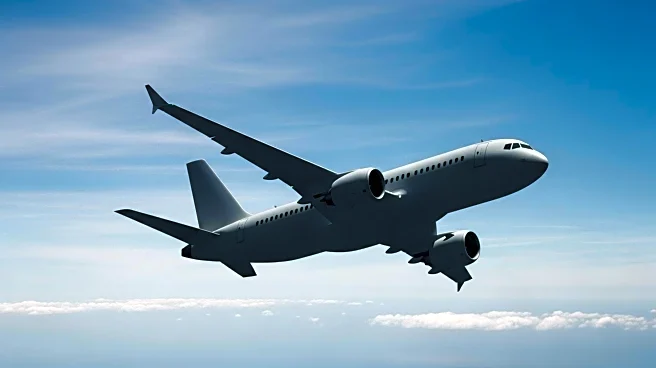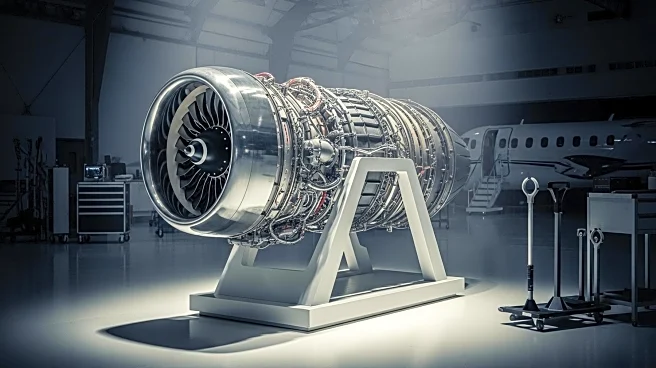What is the story about?
What's Happening?
Honeywell has released its 34th annual Global Business Aviation Outlook, predicting a record-setting number of new business jet deliveries over the next decade. The report anticipates 8,500 new business jets, valued at $283 billion, to be delivered, marking the highest forecast in the report's history. This growth is driven by economic expansion, increased demand for fractional ownership, and advancements in aircraft technology. Honeywell's survey indicates that 91% of operators expect to maintain or increase flight activity in 2026 compared to 2025, with 20% of operators globally having at least one aircraft on firm order. The report highlights the importance of performance and cost in aircraft purchasing decisions, with fractional ownership leading industry growth.
Why It's Important?
The forecasted growth in business jet deliveries signifies a robust recovery and expansion in the business aviation sector, which is crucial for economic stakeholders such as manufacturers, operators, and service providers. The demand for fractional ownership and new aircraft technology suggests a shift towards more flexible and efficient aviation solutions. This trend could lead to increased investments in aircraft production and technology upgrades, benefiting the aerospace industry and related sectors. The return of 100% bonus depreciation under the One Big Beautiful Bill Act is expected to further stimulate aircraft purchases, impacting tax policy and business investment strategies.
What's Next?
As demand for business jets continues to rise, manufacturers are likely to ramp up production to meet the growing needs of operators. The industry may see further advancements in aircraft technology, including fuel efficiency and connectivity, as operators prioritize these features. Regulatory changes, such as bonus depreciation, will continue to influence purchasing decisions, potentially leading to more aggressive investment in new aircraft. Stakeholders will need to navigate complex macroeconomic and geopolitical factors while capitalizing on growth opportunities in the business aviation market.
Beyond the Headlines
The increasing demand for fractional ownership reflects a broader trend towards shared economy models, which could reshape traditional business aviation practices. This shift may lead to more collaborative and cost-effective solutions for operators, impacting how business aviation services are structured and delivered. Additionally, the focus on sustainability and fuel efficiency in aircraft design highlights the industry's commitment to reducing its environmental footprint, aligning with global efforts to combat climate change.
AI Generated Content
Do you find this article useful?
